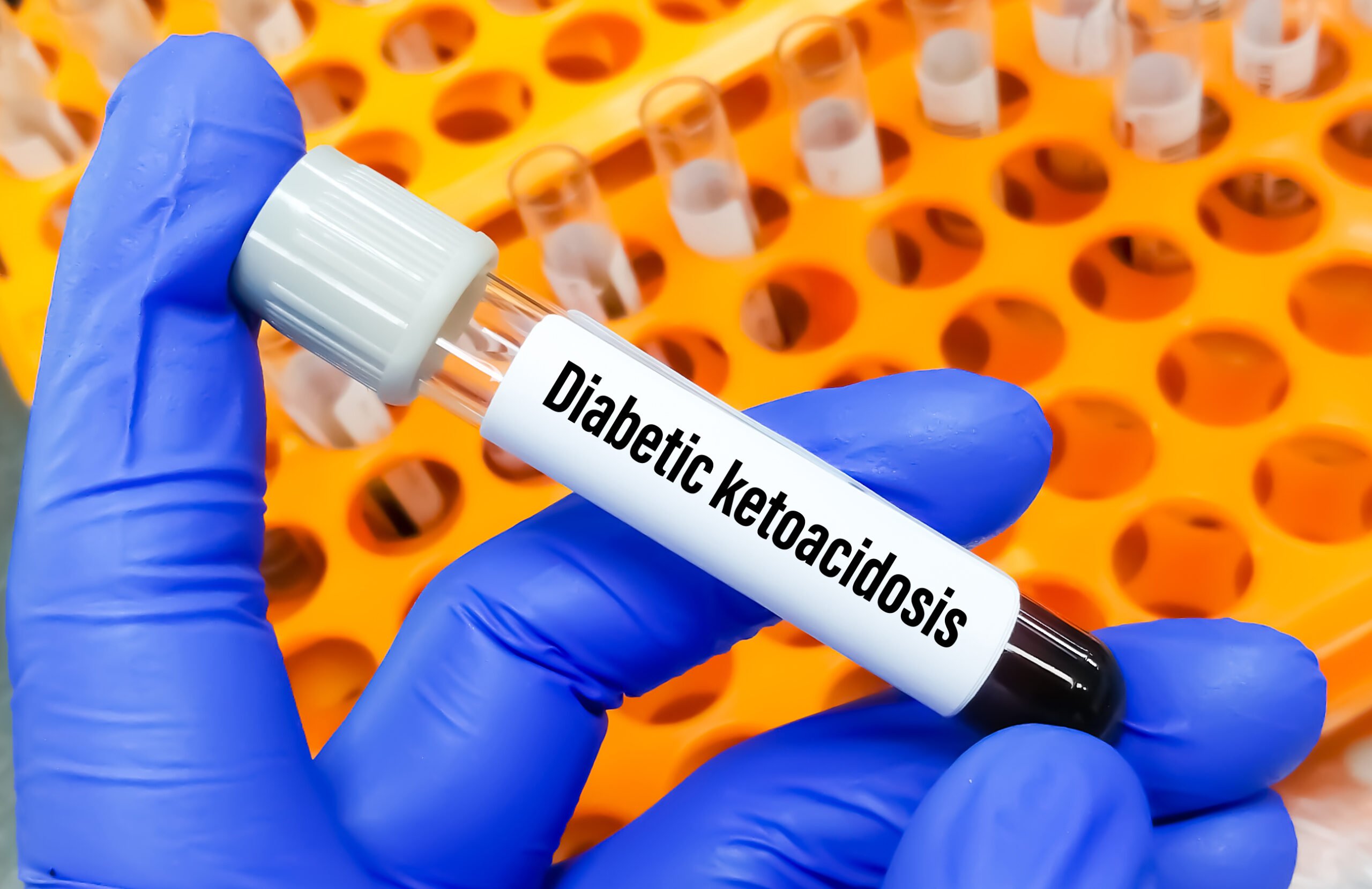Coronary heart disease remains one of the key challenges in cardiology. However, the way in which it is diagnosed is changing rapidly. Computed tomographic coronary angiography (CCTA), fractional flow reserve from CT (FFR-CT), stress imaging and new biomarkers are merging to create a precise, individualized diagnostic pathway. Artificial intelligence (AI) plays a decisive role in this: it measures plaques, recognizes inflammatory activity and links image patterns with laboratory values. At the same time, apolipoprotein B, lipoprotein(a), proteome and microRNA signatures provide an increasingly accurate picture of biological risk dynamics. This combination of anatomy, function and biology will define a new standard in 2025 – moving away from mere stenosis towards active, measurable atherosclerosis.
You May Also Like
- Phobia
Propranolol and spider phobia: the time window is crucial
- Focus on prevention
Colorectal cancer screening – an update
- Rare diseases
Yellow nail and Swyer-James syndrome
- Contact eczema
Causes and prevention at work
- Diabetic ketoacidosis
Recommendations for action in practice
- Alternative to insulin and GLP1
From the β-cell to the center: the versatile role of amylin
- Severe acute pancreatitis
COX-2 inhibition alleviates inflammation and improves outcomes
- Ulcerative colitis











